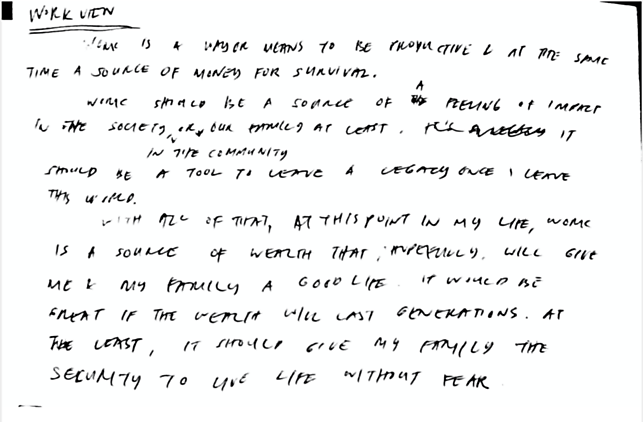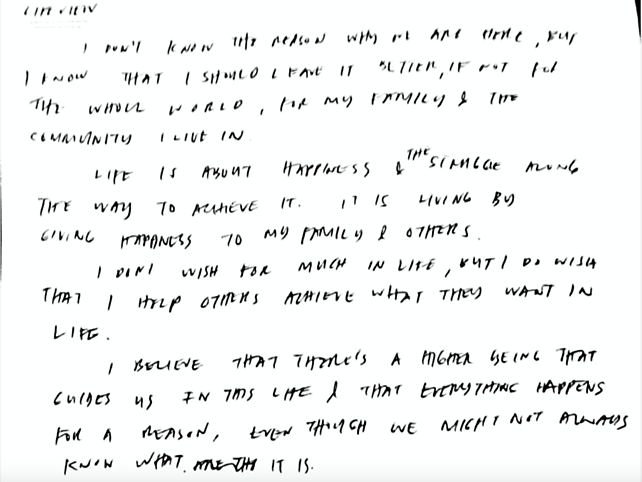Note: This is the second part of a series of posts about the book “Designing Your Life”. Go and read the first part if you haven’t yet.
Happy go lucky

Before a couple of years ago, I’ve never been too conscious of what I wanted in life. I’ve been going through life thinking only of survival. I’m content as long as I can provide for my family and afford a little bit of luxury.
Now that I’m in my mid-thirties, I am still mostly content, but I have questions about my life. Is my current work where I should be? What kind of legacy will I leave behind? Can I do more for my family? And a lot more.
Building my compass

I’ve been making plans and setting goals since I’ve moved to Estonia. I’ve been somewhat successful in achieving a few of them.
I want to improve by achieving most of my goals, if not all. One way to do that is to have a more structured life. But that’s not who I am, I don’t like restricting myself with rules.
Instead, I need to define my life and work principles. They will guide me on making decisions that will affect how I live my life. This is what the second step in “Designing Your Life” is about.
What does work and life mean to us?
Workview

Work may or may not include things we do to earn money. And as adults, we spend most of our days doing work. This is why it’s important for us to determine our Workview.
We want the reasons why we work and not what we want to do. We can start listing down our reasons in bullet points. But if you want some guidance, the book suggests to answer one or more of the following questions:
- Why work?
- What’s work for?
- What does work mean?
- How does it relate to the individual, others, society?
- What defines good or worthwhile work?
- What does money have to do with it?
- What do experience, growth and fulfilment have to do with it?
Lifeview

Same as our Workview, it’s important that we write down our Lifeview.
Our Lifeview defines what matters most to us. The book lists the following questions to guide us on this exercise:
- What is the meaning or purpose of life?
- What is the relationship between the individual and others?
- Where do family, country, and the rest of the world fit in?
- What is good, and what is evil?
- Is there a higher power, God, or something transcendent, and if so, what impact does this have on your life?
- What is the role of joy, sorrow, justice, injustice, love, peace, and strife in life?
All the questions listed for Workview and Lifeview should only serve as guidance. You may or may not answer any of them. In my case, I did not follow the suggestions. I just wrote what I think is most important for me.
Coherent Life

As we look at our Workview and Lifeview, we may see some incoherencies or contradictions. Don’t worry, that’s normal. We can change them a little bit to make them more aligned.
These are some questions from the book we can use to reflect and integrate our Workview and Lifeview:
- Where do your views on work and life complement one another?
- Where do they clash?
- Does one drive the other? How?
With our Workview and Lifeview harmonised, they now serve as our “True North”. We now have a clear, coherent and meaningful life. Life in which what we believe in and what we do are aligned.
Our compass may and will change from time to time. Anytime we feel like things are not working, or we are going through a major point in our lives, it’s good to recalibrate it.
Further on, there will be times when we need to compromise. Our compass is there to guide us on deciding which ones we are at peace with. We should always use it to determine if we are on course or off course.